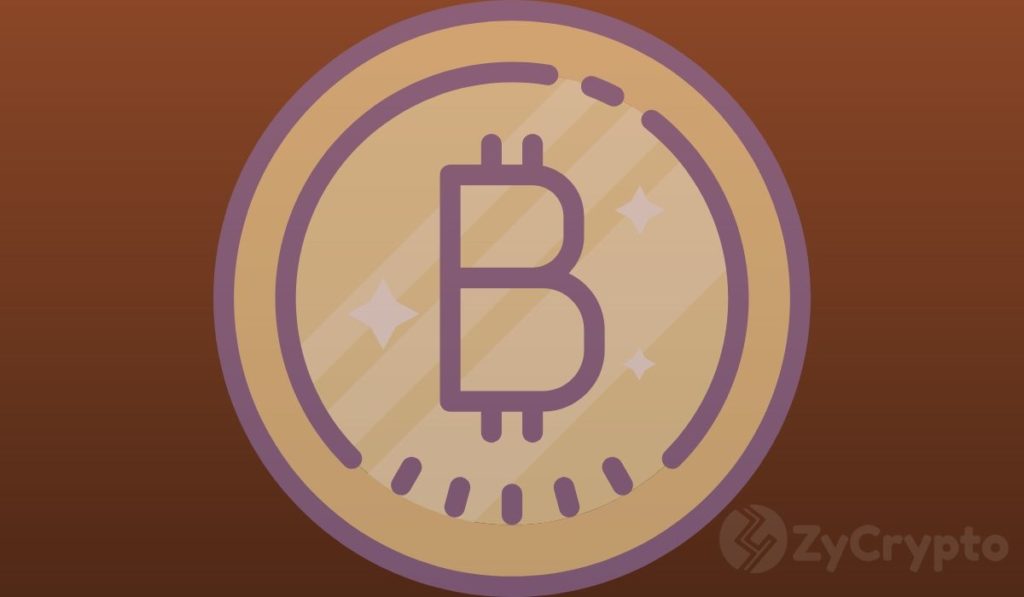
The 2011 collection of physical bitcoins was one of the most progressive things that could have happened to Bitcoin and decentralized finance. Mike Caldwell, the creator of the Casascius series of physical bitcoins, was way ahead of his time, and by 2013, just before FINCEN shut him down, he had minted over $82M worth of Bitcoin at that time’s price.
They are a store of real value, and they also served as one of the safest cold wallets, but the government accused him of “money transmitting,” and the production had to stop, stating that he didn’t want to get into any trouble with the law. This was a time when the government was cracking down hard on Bitcoin-related activities.
People sent him direct BTC deposits, and he minted them and sent them back via the postal service. He charged $50 and added that he intended people to view them as collectibles.
Other multiple companies also made various types of physical bitcoins, with different denominations, but he’s the one that gave Bitcoin its current, golden currency symbol. Casascius coins are a novelty today, still selling on various sites and auctions, often for more than the value of the bitcoins digital key inside. Anyone who’s interested can even check how many Casascius coins have been redeemed and how many are still inactive.
Inflation: Fiat Quantitative Easing Vs. Bitcoin Fake Coins
Around the same time that Casascius coins production stopped, someone else was making fake copies of the tamper-proof hologram digital keys that made Casascius Bitcoins secure.
This issue as to whether physical bitcoins could be used to dilute the bitcoin’s fixed supply by over minting and fake bitcoins comes to question. In quantitative easing, central banks around the world are free to print new fiat currency and inject it into the economy, with the approval of the government.
The new supply decreases the purchasing power of the currency while raising the cost of living, until a breaking point, which bursts the bubble with a financial crisis.
On the other hand, Bitcoin is impossible to counterfeit. With a fixed supply and an open-source network, the circulating supply is a good source of information for calculating the exact inflation, compared to relying on official statistics from a central authority.
A fake physical bitcoin can only go as far as replicating the design of the coin. A physical bitcoin holder would still need to have a real private key to access the digital wallet on the bitcoin network with the real digital coins.
Like dollars with fake serial numbers, fake physical bitcoins can only go as far as defrauding people of their fiat money or real bitcoins. They cannot create more bitcoins on top of the circulating or total supply.
Therefore, as long as the decentralized Bitcoin community adheres to the precepts of the Bitcoin network’s design, Bitcoin Halving will keep cutting inflation in half every four years, while raising the purchasing power of Bitcoin.
The Future of Physical Bitcoins
The most feasible way of bringing back physical bitcoins would be as cold wallets. Mass adoption of cryptocurrency could benefit from a simple and secure way of storing bitcoin for long-term hodlers. However, bitcoin’s volatility would benefit more from the increased circulating supply of bitcoins rather than from dormant hodlers.
People can buy cold wallets today, and load them with bitcoins for secure offline storage. Doing the same with physical bitcoins would require separate licensing from financial regulatory authorities, to create the coins and load them with bitcoins.
The current crypto regulation framework worldwide is more focused on first accepting cryptocurrency. The second phase involves separating various cryptocurrencies in categories such as currency, commodities, and securities, to determine which regulatory bodies will handle a specific asset class.
The probability of a comeback of any variation of physical bitcoins will depend on the evolution of individual legal crypto regulation framework in each region or country. Furthermore, governments are increasingly interested in creating a central bank digital currency that might pave the way for the consideration of the physical representation of digital coins.





















